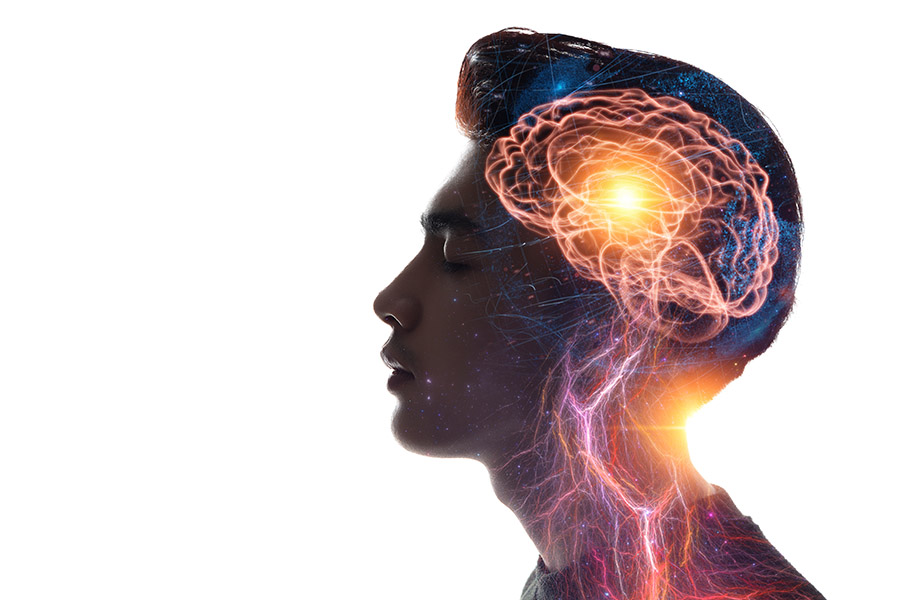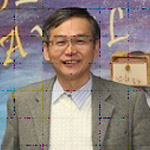This report was provided by Dr. Chen’s research team in the Department of Educational Psychology and Counselling
The Aha! experience is the reaction that humans may have during the problem-solving process when they suddenly discover the solution to a problem. The restructuring of the initial problem representation is the key to solving insight problems. However, while solving insight problems, not all individuals reach an impasse or need to restructure the problem. Only problems that cannot be solved without representational changes can be regarded as pure insight problems; others are classified as pseudo-insight problems. Based on the homonymy of Chinese characters, we developed two sets of Chinese remote associates tests (CRATs) for this study. By comparing the brain activity of adults during pure and pseudo-insight problem solving, we analysed the commonality and uniqueness of brain activation while solving these two types of insight problems. The results show that these two types of insight problem solving share the same brain activation area but different operating areas, with the ventral precuneus connected to pure and pseudo-insight problem solving, and the left thalamus showing significant activation when only semantic search and conceptual integration are required. This study initiates the exploration of the brain activity of insight problem solving, and enhances our understanding of how representational change generates insight.
During the process of problem solving, an individual may suddenly discover useful or suitable relations between the individual components of a whole situation and have an Aha! experience. Insight comes from restructuring a problem; that is, an individual will view the initial problematic situation from a novel and correct angle, and reorganise the established relationships between stimuli to construct a brand-new representation of the problem. However, while solving insight problems, not all individuals reach an impasse or need to restructure the problem. For this reason, based on whether an individual changes a problem representation in the problem-solving process, typical insight problems are divided into the following three classes: pure insight problems, pseudo-insight problems, and mixed insight problems. Of these three classes of problems, a pure insight problem cannot be solved through established algorithms or trial and error but through changing the initial representations of the problem. Extensive cognitive neuroscience studies use the remote associates test (RAT) as an instrument to explore insight. However, past studies using the RAT to investigate brain activation for insight did not distinguish pure insight from pseudo-insight problems; therefore, these studies did not clearly show whether there is a representational change in the insight problem-solving process.
Hence, for the first time, we applied representational change to the construction of the RAT and designed the CRATs for pure and pseudo-insight problems in accordance with the heteronymous characteristics of Chinese characters to explore brain activity during pure and pseudo-insight problem solving. Each item in the CRAT consists of three Chinese characters as stimuli, and the participants are asked to produce a fourth character that collocates with the first three to form three legitimate two-character words. For example, if an item presents three Chinese characters, such as sheng (meaning grow), tian (meaning sky), and wen (meaning warm), then the target character may be qi (meaning air), which collocates with sheng, tian, and wen in shengqi (meaning anger), tianqi (meaning weather), and qiwen (meaning temperature). The target character is set as the heteronym, so the participants must convert the pronunciation of the target character to solve the problem. For example, if three characters, ti (meaning body), ji (meaning count), and yuan (meaning member), are presented, then the solution is hui/kuai, pronounced as hui in tihui (meaning experience) and huiyuan (membership), but as kuai in kuaiji (meaning accountant). We found that these two insight problem-solving processes shared the same activation region but had independent operating regions (Figure 1). The pure insight problem that required representational change was related to the operation of the dorsal precuneus and superior temporal gyrus, while the pseudo-insight problem that needed only trial and error and reproductive thinking induced significant activation in the middle temporal gyrus. This finding indicates that pure and pseudo-insight problem solving have different operating processes, and both can trigger an individual’s Aha! experience. Furthermore, representational change was involved in pure insight problem solving, and the restructuring of the problem representation was the key to solving insight problems. This study initiated the exploration of the brain activity of insight problem solving and enhanced our understanding of how representational change generates insight.

Figure 1: Significant regions for solving the pure or pseudo-insight problem with exclusion
原文出處:https://doi.org/10.1080/13546783.2019.1663763













